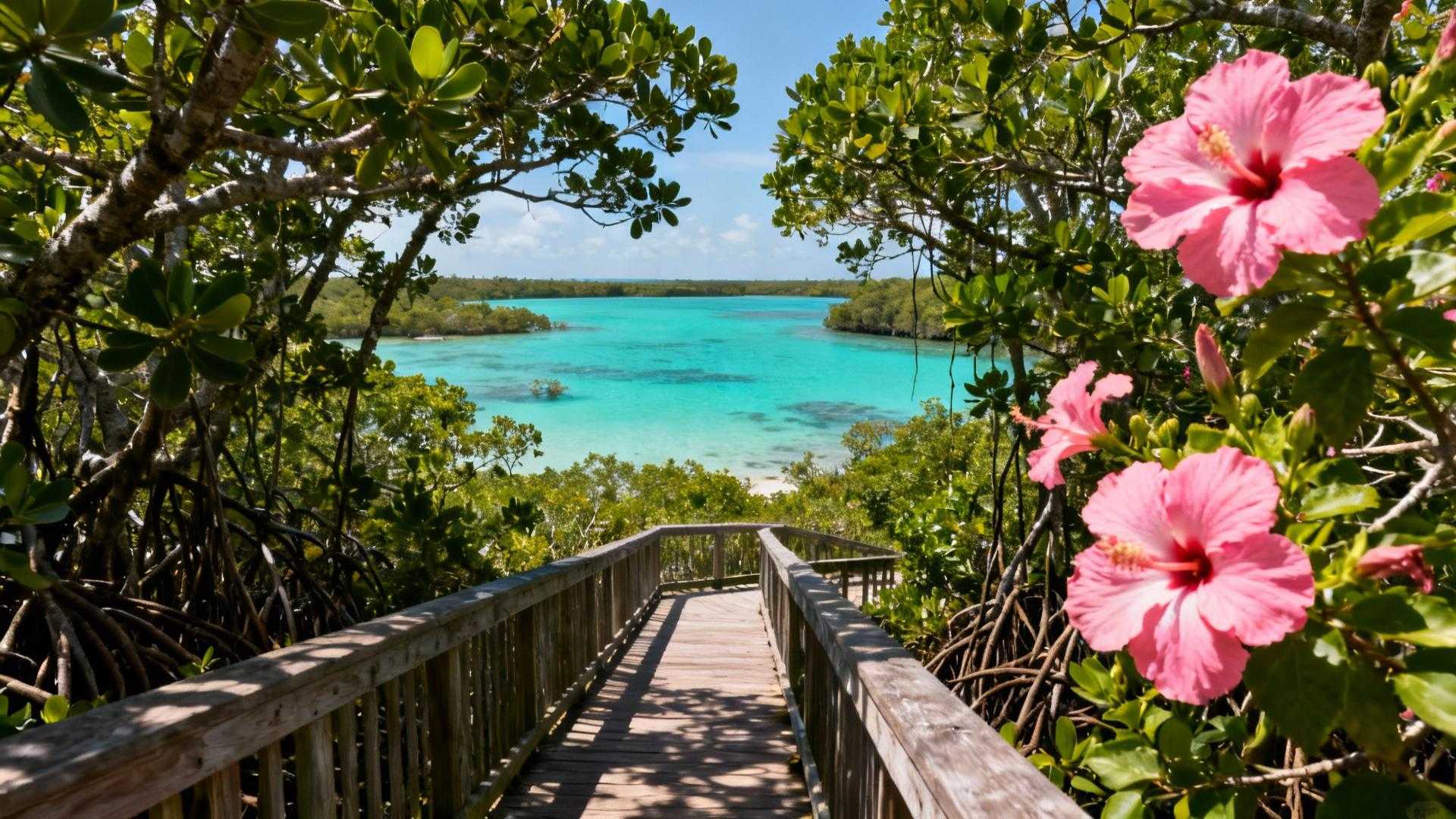I spent two decades chasing bioluminescent bays across the Caribbean, dragging my camera equipment through crowded tour groups and competing for elbow room in waters that barely glimmered. At 50, I finally discovered what I’d been searching for all along—and it wasn’t in any of the famous spots guidebooks kept recommending.
Mosquito Bay in Vieques changed everything I thought I knew about bioluminescence. This protected sanctuary holds over 2 million glowing dinoflagellates per gallon, creating the brightest natural light show on Earth. The Guinness World Records made it official in 2006, but locals have guarded this secret with quiet pride for generations.
What makes this bay extraordinary isn’t just the numbers—it’s the liquid starlight effect that transforms every paddle stroke into an explosion of blue-green fire. I ditched the overcrowded mainland alternatives for this intimate experience, and I’ve never looked back.
Why crowded bioluminescent bays disappoint
The Laguna Grande problem
Laguna Grande near Fajardo attracts massive tour groups because it’s barely an hour from San Juan. I paddled there five years ago, bumping into 40 other kayaks while tourists took selfies with waterproof phones. The organism concentration barely reached 200,000 per gallon—enough to see a faint glow, but nothing compared to what true bioluminescence should deliver.
La Parguera’s swimming mistake
La Parguera in southwestern Puerto Rico allows swimming, which sounds appealing until you understand the cost. Sunscreen chemicals and human contact have devastated the dinoflagellate population, leaving this bay with the lowest concentration levels of any Puerto Rican bio bay. The short-term tourist satisfaction destroyed the long-term magic.
The sanctuary that holds 700,000 glowing organisms per gallon
Science behind the world record
Mosquito Bay earned its Guinness distinction through measurable superiority. The bay’s shallow three-foot average depth creates unprecedented intimacy with the phenomenon, while surrounding mangrove forests provide nutrients that sustain massive organism populations. The narrow mouth shields delicate dinoflagellates from ocean currents that would dilute their concentration.
What liquid starlight actually means
When locals describe the bay as liquid starlight, they’re not exaggerating. These microscopic organisms emit light bursts a hundred times larger than their bodies as a defense mechanism. During new moon periods, every movement creates cascading waves of blue-green illumination that photographers struggle to capture—it’s something you must witness to believe. Check out the only Thai festival where 10,000 Buddhist sky lanterns create merit-making magic for another extraordinary light phenomenon worth experiencing.
How Vieques protects what mass tourism destroys
The swimming ban that saved everything
Mosquito Bay’s strict no-contact policy separates it from exploited alternatives. Swimming remains forbidden because chemicals from human skin devastate dinoflagellate populations. This conservation-first approach maintains brightness levels that now exceed pre-Hurricane Maria conditions, proving that protection trumps short-term tourism revenue.
Community guardianship over commercial exploitation
The Viequense community of 9,000 residents actively protects their natural treasure through regulated access and kayak-only tours. Multiple licensed operators maintain environmental protocols while providing intimate small-group experiences. This sustainable model contrasts sharply with mainland mass-tourism approaches. For similar crowd-free Caribbean experiences, explore this uninhabited BVI islet that looks like the Maldives but costs 80% less.
Planning your Vieques sanctuary experience
Reaching the island sanctuary
Ferry service from Ceiba takes 45 minutes and costs just $2, while charter flights from San Juan complete the journey in 25 minutes. Most tours depart from Esperanza town center, with operators offering sunset and 8 p.m. departures timed to new moon darkness for maximum bioluminescent visibility.
Timing for optimal darkness
October 2025 offers ideal conditions as hurricane season officially ends September 30. The October 21 new moon provides perfect darkness for spectacular viewing. Year-round bioluminescence remains consistent, though darker lunar phases maximize the visual impact that made me abandon crowded alternatives forever.
At 50, I learned that authentic travel experiences aren’t about checking off famous destinations—they’re about discovering places that protect their magic through community stewardship. Mosquito Bay represents everything mass tourism destroys and everything conscious travelers should seek. If you want to witness nature’s most remarkable light show, this sanctuary delivers what crowded bays only promise. Like the only Pacific lagoon where 445 emerald islands hide stingless jellyfish lakes, some natural wonders demand our respect and protection.
This is how we travel in 2025—with reverence for places that choose preservation over profit, creating experiences that transform rather than simply entertain.
Your questions about Vieques bioluminescent sanctuary
Can you swim in Mosquito Bay?
Swimming remains strictly prohibited to protect the dinoflagellate population from harmful chemicals and human contact. This conservation policy maintains the bay’s world-record brightness levels and separates it from degraded alternatives where swimming is allowed.
How bright is Mosquito Bay compared to other bioluminescent locations?
Mosquito Bay holds the Guinness World Record with concentrations reaching over 2 million organisms per gallon—ten times brighter than typical bioluminescent bays. This measurable superiority creates the liquid starlight effect that photographers cannot adequately capture.
What’s the best time to visit for maximum bioluminescence?
New moon periods provide optimal darkness for viewing, with particularly spectacular displays during October through April when weather conditions remain stable. Tours operate year-round, but avoid full moon dates when ambient light diminishes the natural phenomenon.
How long does a typical Mosquito Bay tour last?
Most kayak tours run 2-3 hours, including paddling time to reach the bay and exploration within the protected waters. Licensed operators provide all equipment and naturalist guides who explain the science while maintaining strict environmental protocols.
Is Mosquito Bay suitable for travelers over 50?
The shallow three-foot average depth and calm protected waters make kayaking accessible for most fitness levels. Tour operators accommodate various abilities, and the intimate scale creates manageable experiences without the physical demands of ocean kayaking.
